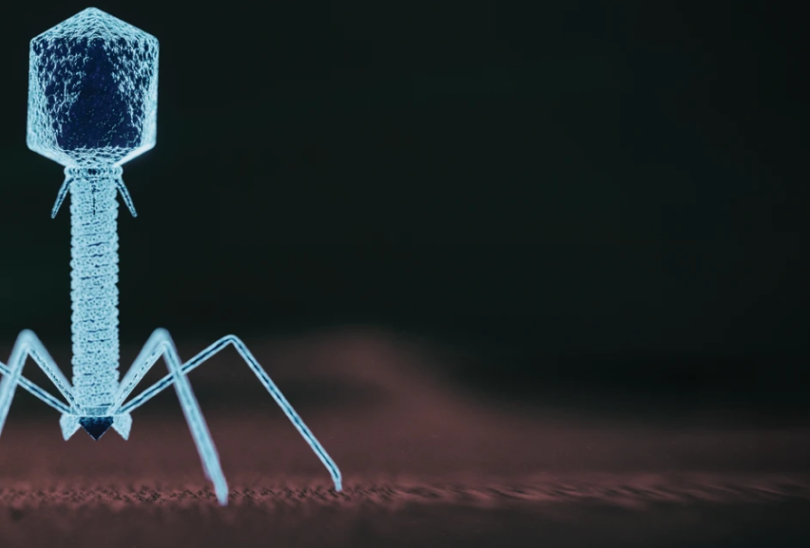“The super oxygen saturation mutation”
The Good: Increased oxygen saturation rates at higher altitudes. The native population of the Andean Highlands of Quechua, Peru, and other groups is thought to have increased exercise capacity due to this mutation. This mutation has allowed those with the trait to exercise in lower oxygen and high-altitude environments. The mutation modifications to the gene are thought to enable people to thrive at high altitudes without experiencing altitude sickness.
Conclusions: It has long been suspected that Sherpa people are better adapted to life at high altitudes than Lowlanders. Recent findings have suggested a genetic basis for adaptation in populations around the world, and we show here that Sherpas have a metabolic adaptation associated with improved muscle energetics and protection against oxidative stress. Genetic selection on the PPARA gene is associated with decreased expression, and thus lower fatty acid β-oxidation and improved mitochondrial coupling compared with Lowlanders, with a possible compensatory increase in fatty acid ω-oxidation. Sherpas also have a greater capacity for lactate production. With acclimatization to altitude, Lowlanders accumulate potentially harmful lipid intermediates in muscle due to incomplete β-oxidation, alongside depletion of TCA cycle intermediates, accumulation of glycolytic intermediates, a loss of PCr despite improved mitochondrial coupling, and a transient increase in oxidative stress markers. In Sherpas, however, there are remarkably few changes in intermediary metabolism at altitude, but increased TCA cycle intermediates and PCr and ATP levels, with no sign of oxidative stress. Hence selection might occur if the disadvantageous variant is associated with poorer survival to reproductive age and beyond, including greater fetal/neonatal mortality. Evidence supports precisely such effects, with fetal growth at altitude being poorer in Lowlander populations than in many native highlanders, including Tibetans and Sherpas. Likewise, gene variants may affect survival through childhood or fecundity/fertility in a hypoxic environment. We cannot speculate on the mechanism by which PPARA variants prove advantageous; however, PPAR isoforms are expressed in the placenta and influence female reproductive function. It would be interesting to seek the association of the PPARA variants with birth weight and measures of placentation in high-altitude natives and Lowlanders exposed to hypoxia. Source entirely from "Metabolic basis to Sherpa altitude adaptation" Horscroft, Kotwica, Laner, et al.; Johns Hopkins University School of Medicine; Apr, 2017; 114 (24) 6382-6387; https://www.pnas.org/doi/full/10.1073/pnas.1700527114#sec-2 bold are mine
Genetic selection, by definition, requires an increased likelihood of advantageous gene variants being passed on to offspring.
They may be better at harnessing oxygen than the rest of us, suggests a new study…”
https://www.npr.org/sections/goatsandsoda/2017/05/28/530204187/the-science-behind-the-super-abilities-of-sherpas
This new study claims: “Whether differences in tissue oxygen utilization (i.e., metabolic oxygen adaptation) underpin [within] this adaptation is not known…”
https://www.pnas.org/doi/abs/10.1073/pnas.1700527114 Paranthesis in original.


The reality: The idea of this beneficial mutation is enticing, but “…direct evidence for genetic adaptation is lacking, and only limited data exist linking genotype to phenotype. One of the largest studies involved (only) 26 Tibetans-1. EGLN1 is found in cell ovarian cancer and melanoma when combined with higher HIF1A levels, a known side effect of this mutation. Decreased oxygen concentrations lead to increased glucose uptake.-2 Finally, the study found that only 0.25% (1/4 of 1%) indicated the proclaimed mutative benefits were essentially non-existent in the sample. Leaving researchers to write: “Quechua provide support for the hypothesis that Andeans are genetically adapted to altitude…was not definitive on the issue of genetic association“. -3. Also, six other cancers associated with a mutation to this gene include breast, kidney, cervical, paraganglioma, adrenocortical, and Waldenstrom’s Macroglobulinemia.-4.
…we demonstrated that the EGLN1 haplotype in Tibetans is associated with (improved oxygen saturations)… we hypothesized that this haplotype might be associated with an EGLN1 gain-of-function mutation …(h)owever, our initial functional assessment…associated (the mutation) with augmented rather than decreased erythropoiesis…caused by a missense mutation…“-1
https://www.ncbi.nlm.nih.gov/pmc/articles/PMC4473257/
To illustrate the cascade of areas the EGLN1, here are some of the many biological functions in which it is used: “cardiac muscle tissue morphogenesis, cellular response to hypoxia, cellular response to stress, cytoplasm, cytosol, heart trabecula formation, iron ion binding, L-ascorbic acid-binding, labyrinthine layer development, negative regulation of sequence-specific DNA binding transcription factor activity, nucleus oxidoreductase activity, acting on single donors with incorporation of molecular oxygen, incorporation of two atoms of oxygen, oxygen homeostasis, peptidyl-proline 4-dioxygenase activity, peptidyl-proline dioxygenase activity, peptidyl-proline hydroxylation to 4-hydroxy-L-proline, protein binding, regulation of angiogenesis, regulation of transcription from RNA polymerase II promoter in response to hypoxia, response to hypoxia, response to nitric oxide, ventricular septum morphogenesis, zinc ion binding.”-4
Effects are anecdotal
Summary: This proclaimed “beneficial mutation” seems to have some laboratory plausibility as the positions on the gene are associated with known cases of hypoxia. However, in even the most prominent groups, the populations studied were relatively small and diverse, consisting of only 26 individuals. Of those studied, it was estimated that only the tiny percentage carried any such enhanced physical characteristic. The research left scientists concluding that those with this mutation thought to be “genetically adapted to higher altitude…was not definitive on the issue (based on) genetic association.”-1. The emergence of this vastly rare mutation was determined to have come from a “missense mutation” (a mistake in the DNA that results in the wrong amino acid being incorporated into a protein), causing deformation and degradation of the protein. Ultimately, this beneficial mutation failed to provide adequate evidence of any new genetic information or trait. It offered evidence of dysfunction and potentially vastly rare (really anecdotal) protections from polycythemia (an increase in the number of red blood cells in the body associated with high altitude sickness or hypoxia). The mutation has also been associated with various cancers, including “Breast, Kidney, Cervical, Paraganglioma, Adrenocortical, and Waldenstrom’s Macroglobulinemia.)-4
1-https://www.ncbi.nlm.nih.gov/pmc/articles/PMC4473257/
2-https://cancerres.aacrjournals.org/content/79/10/2564.short;


